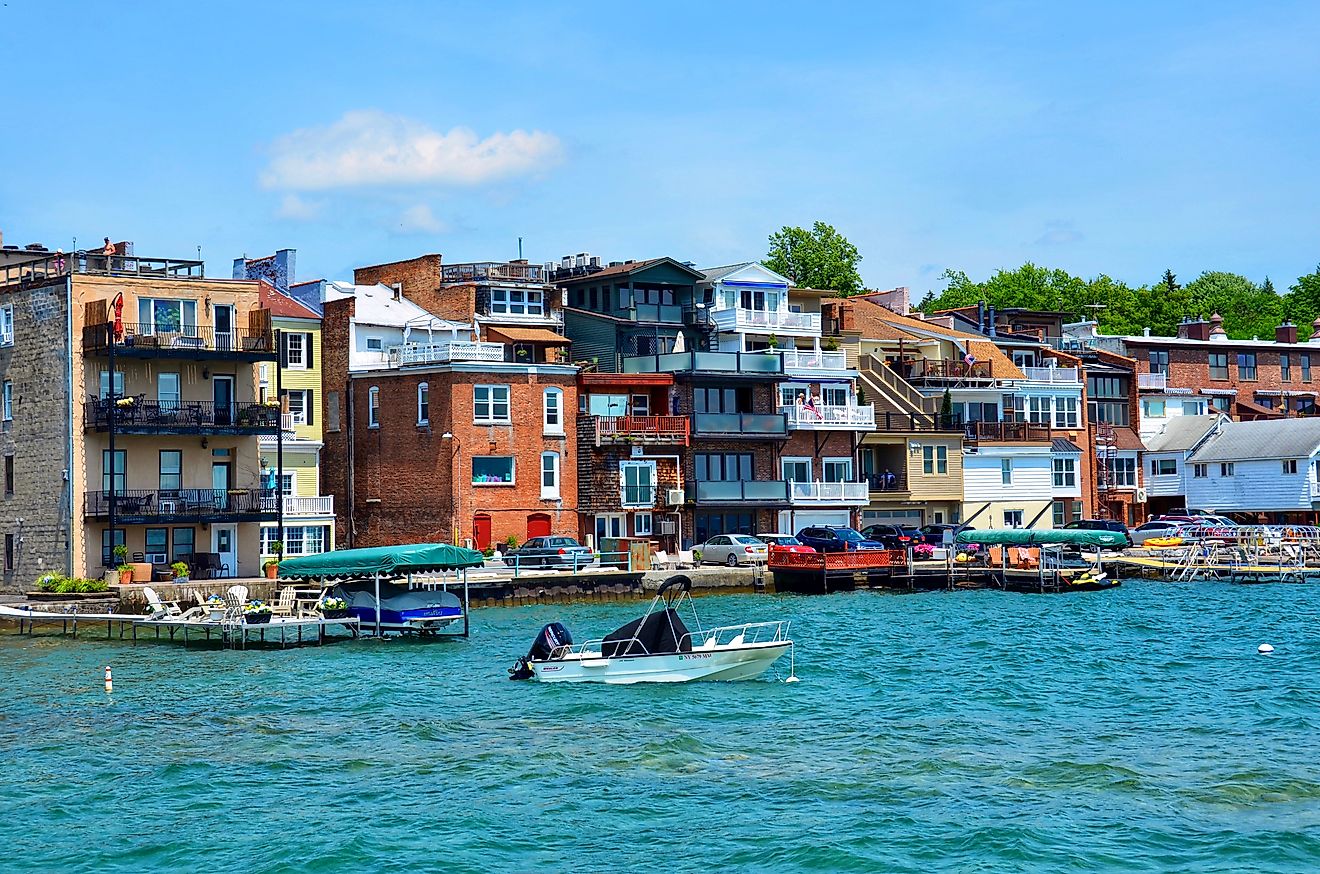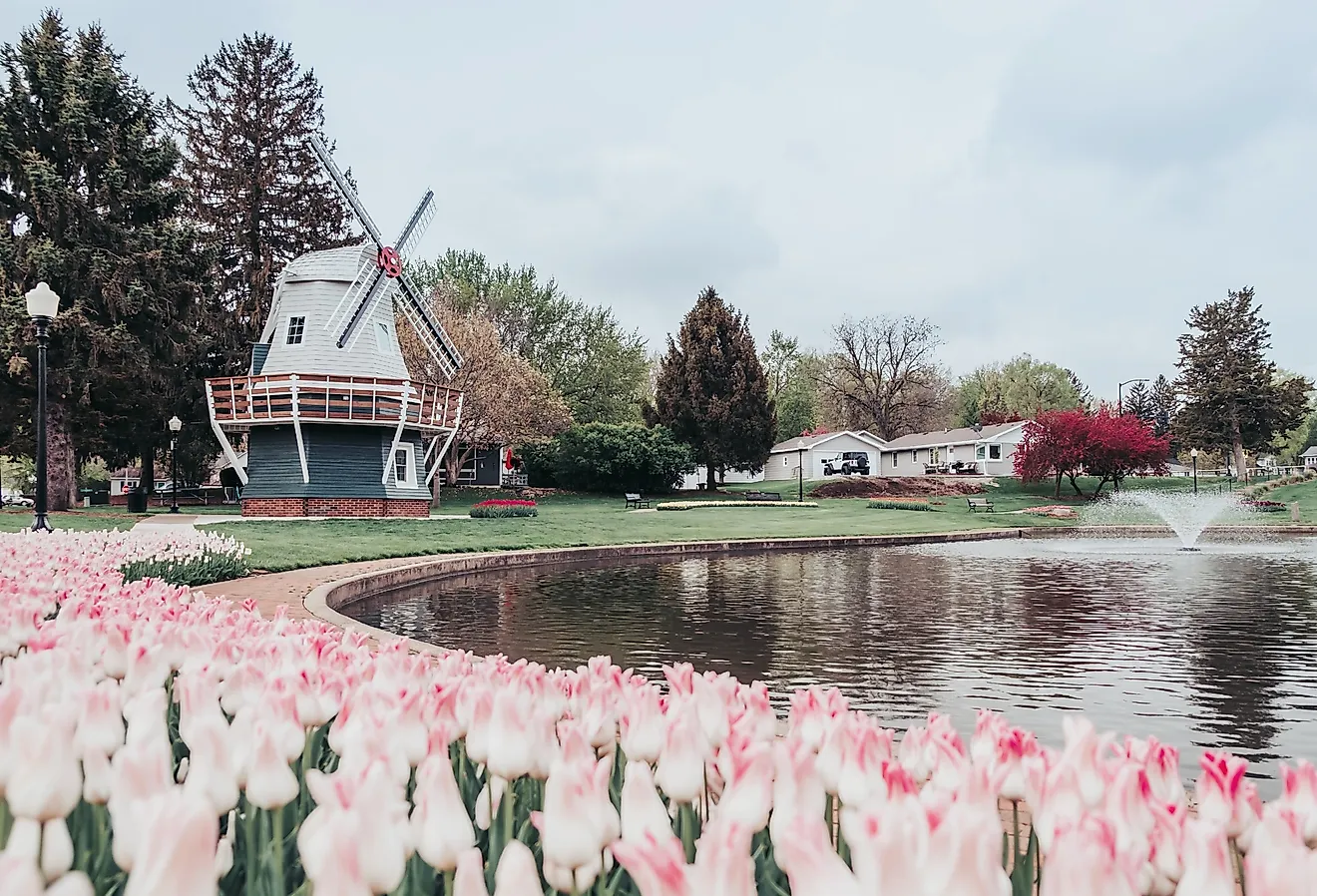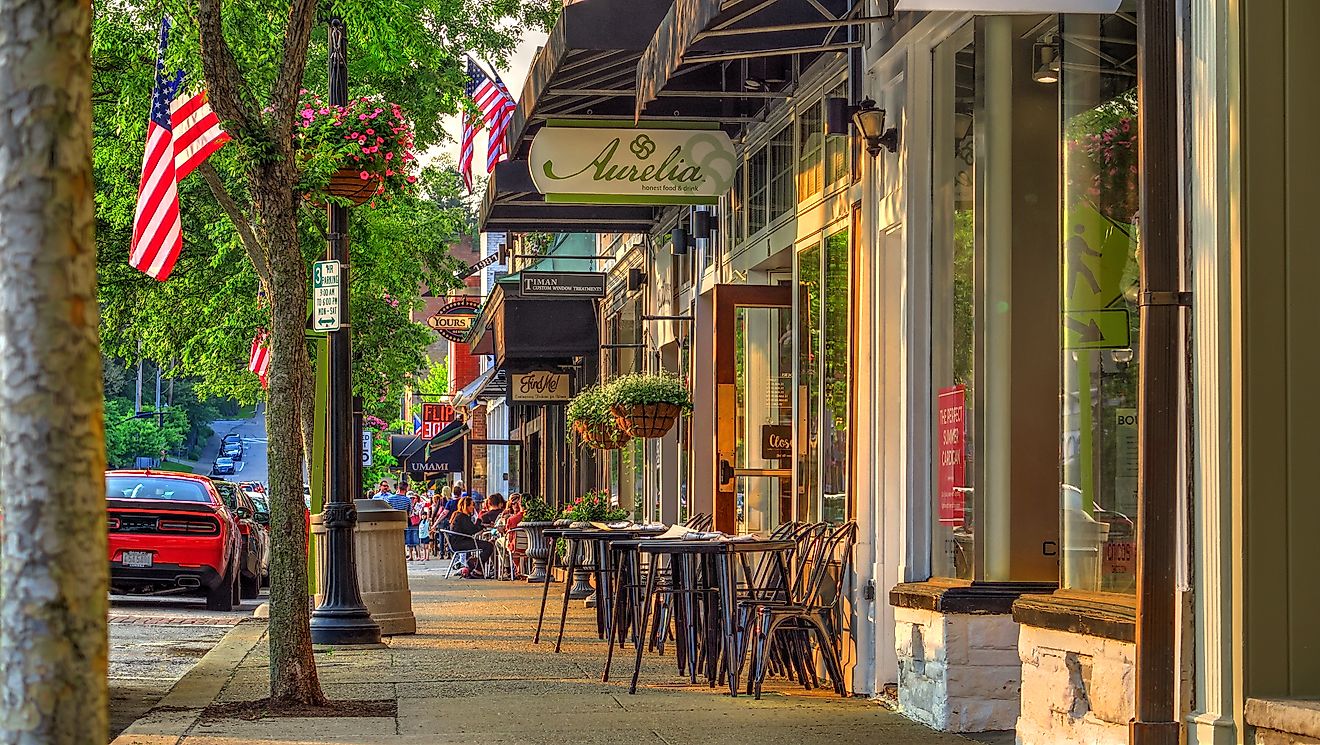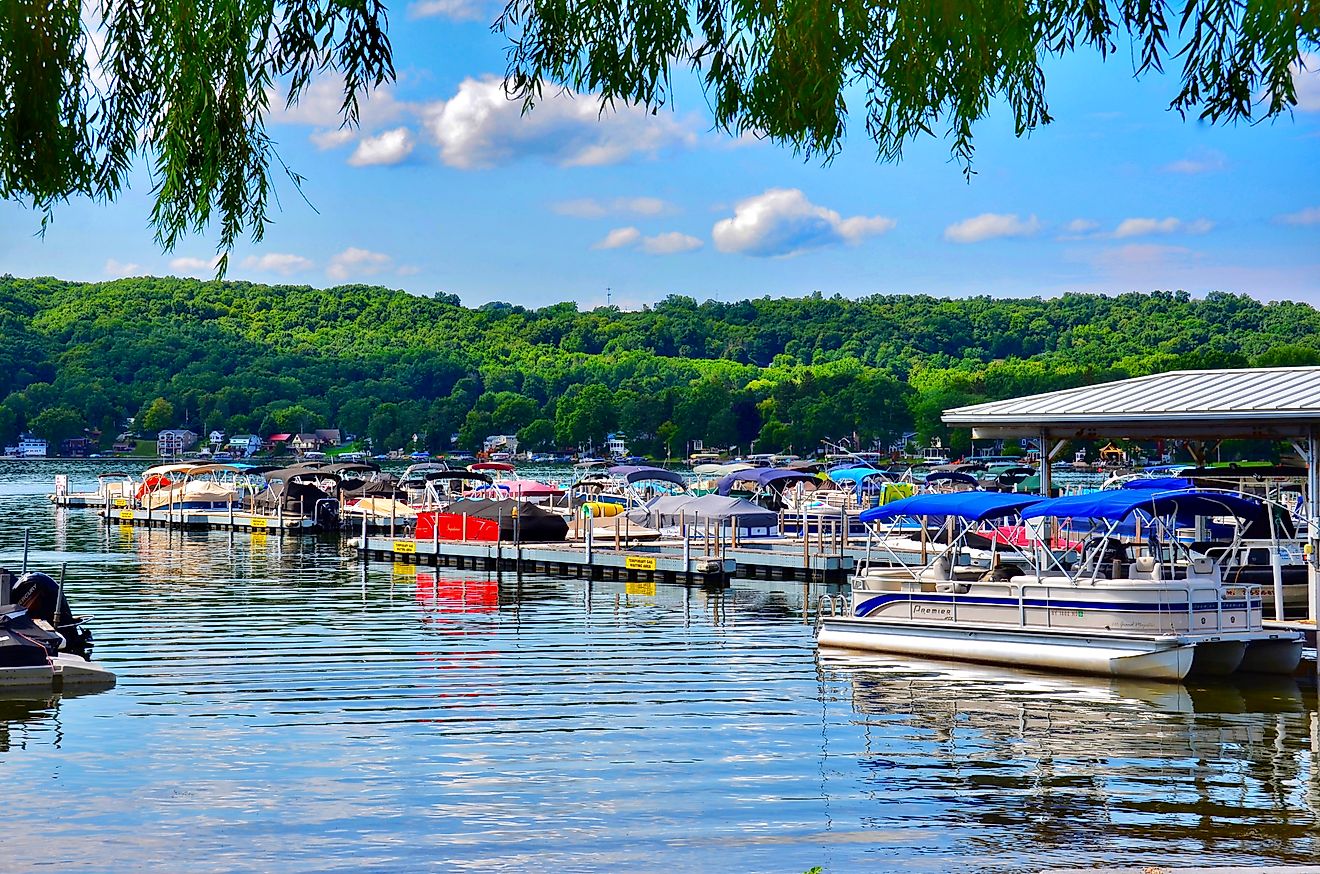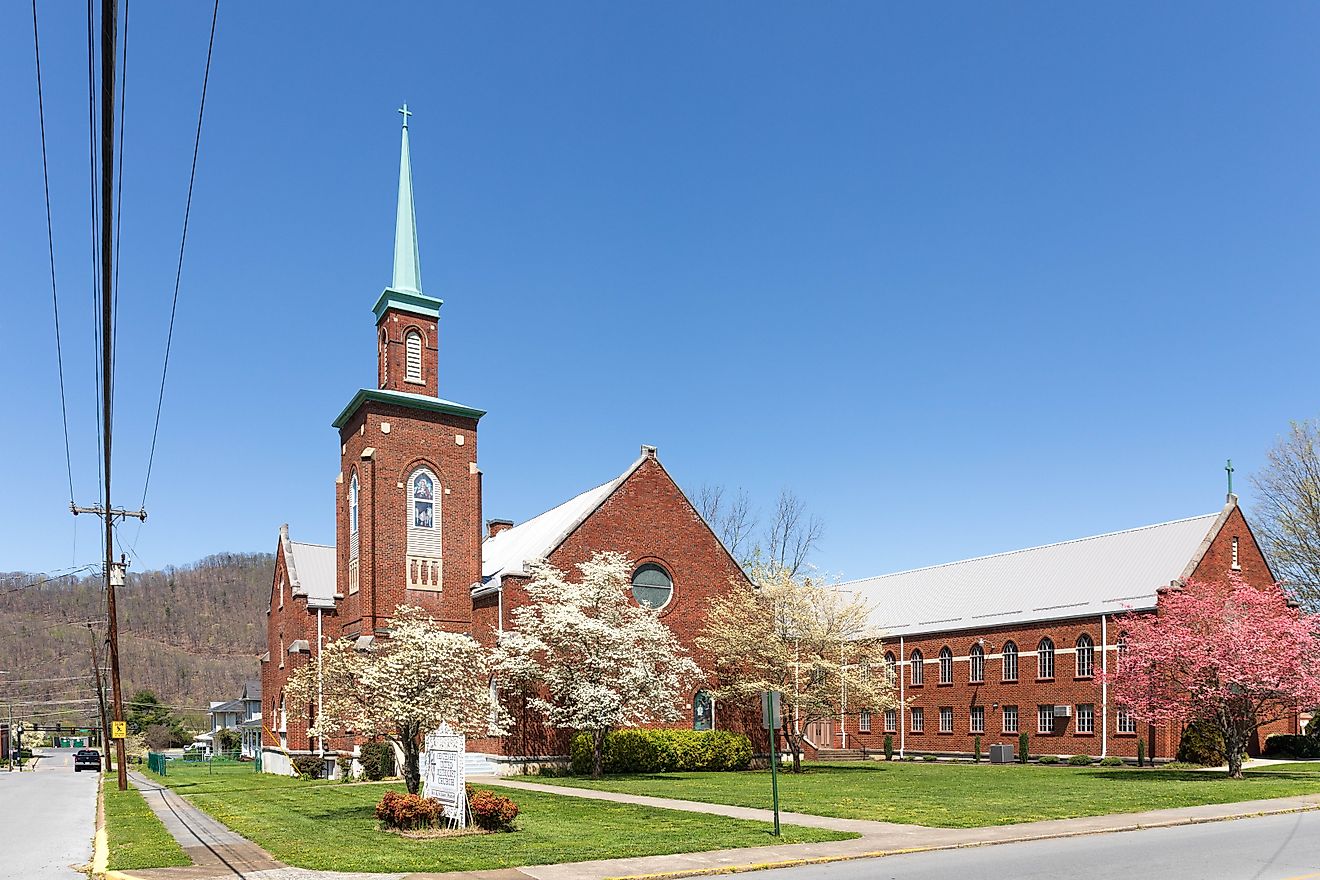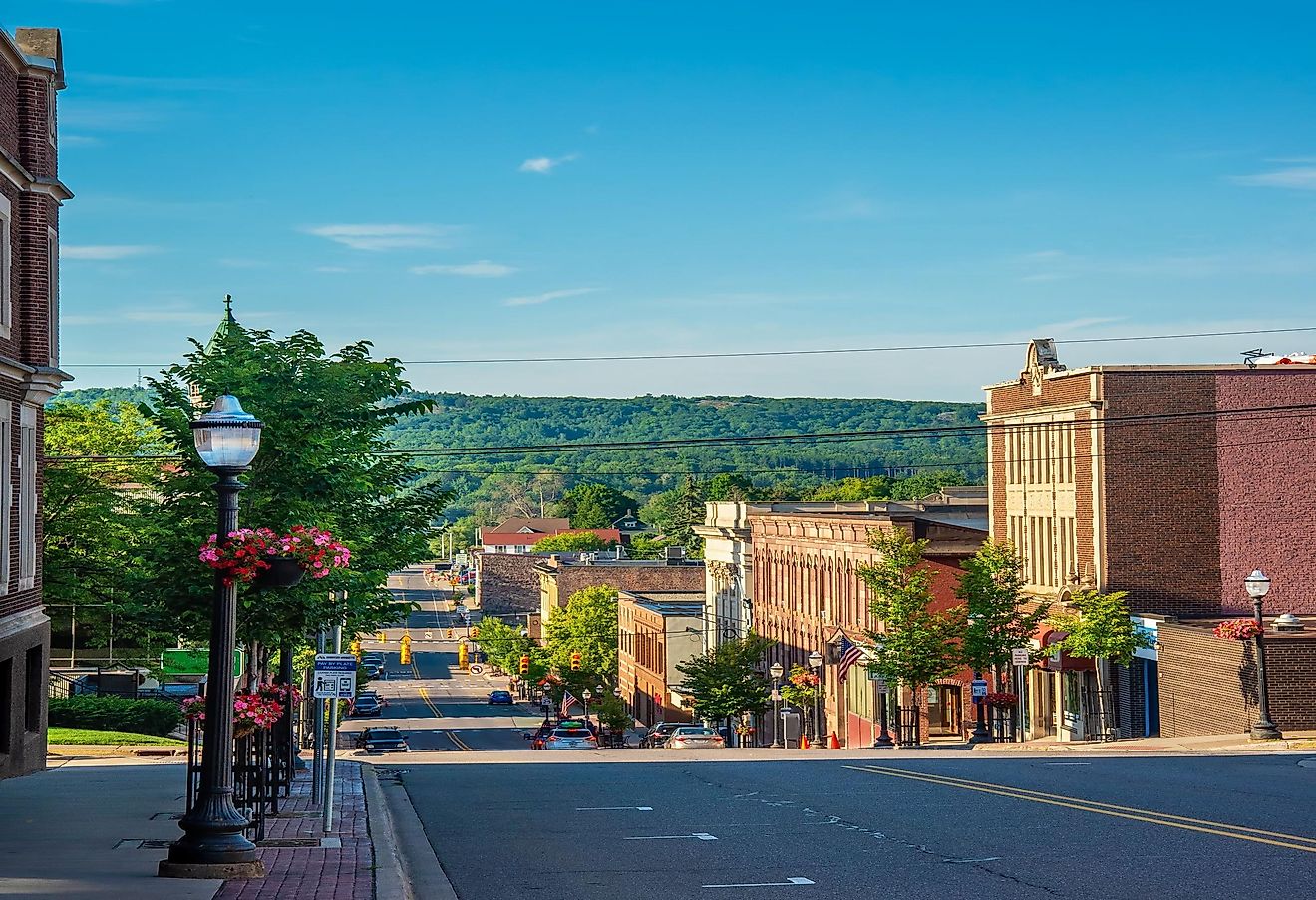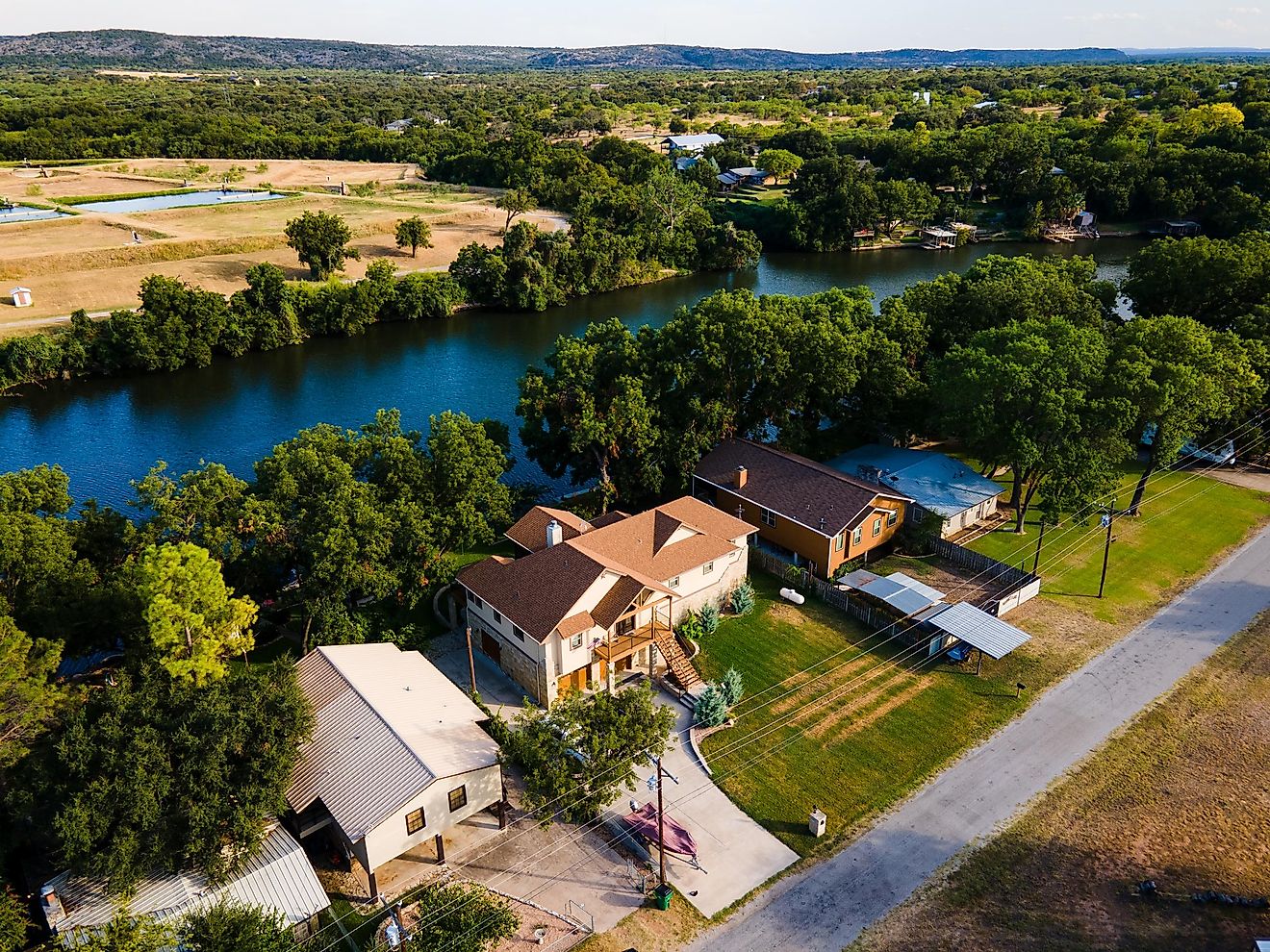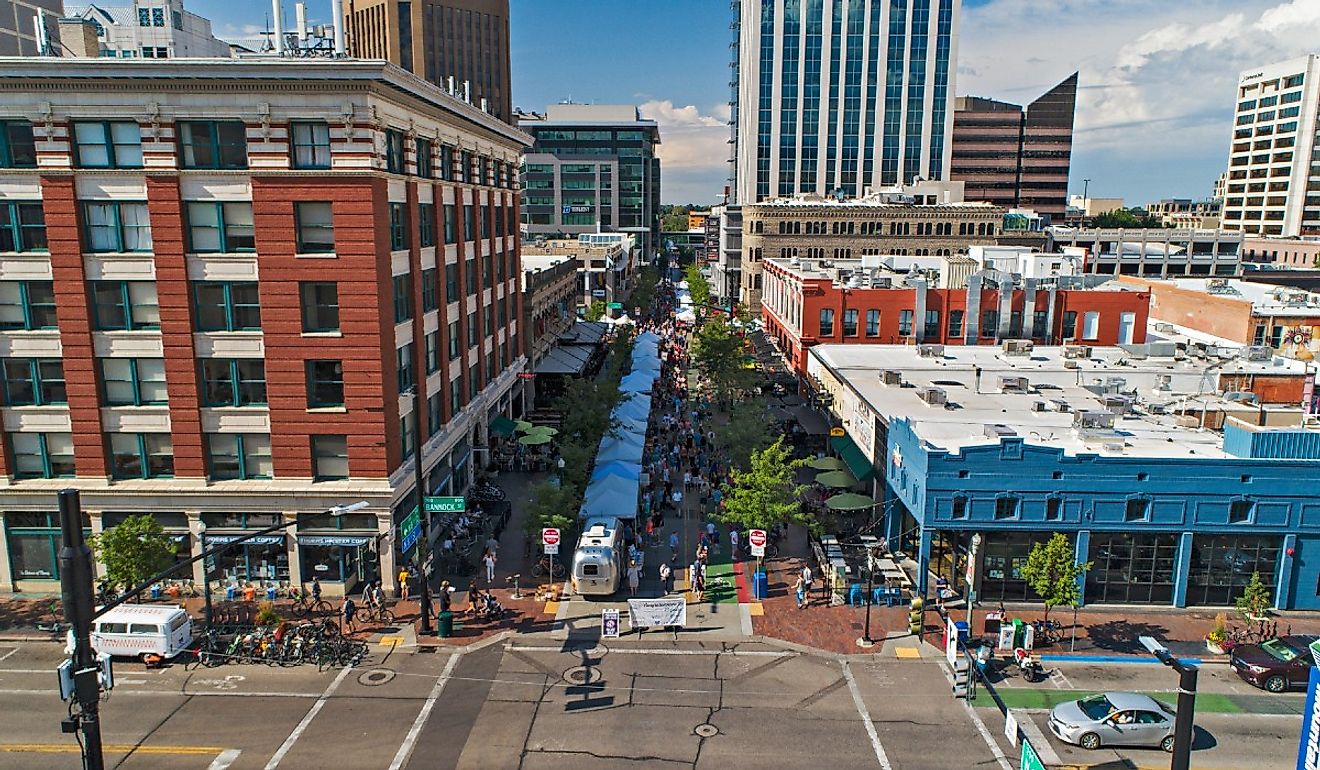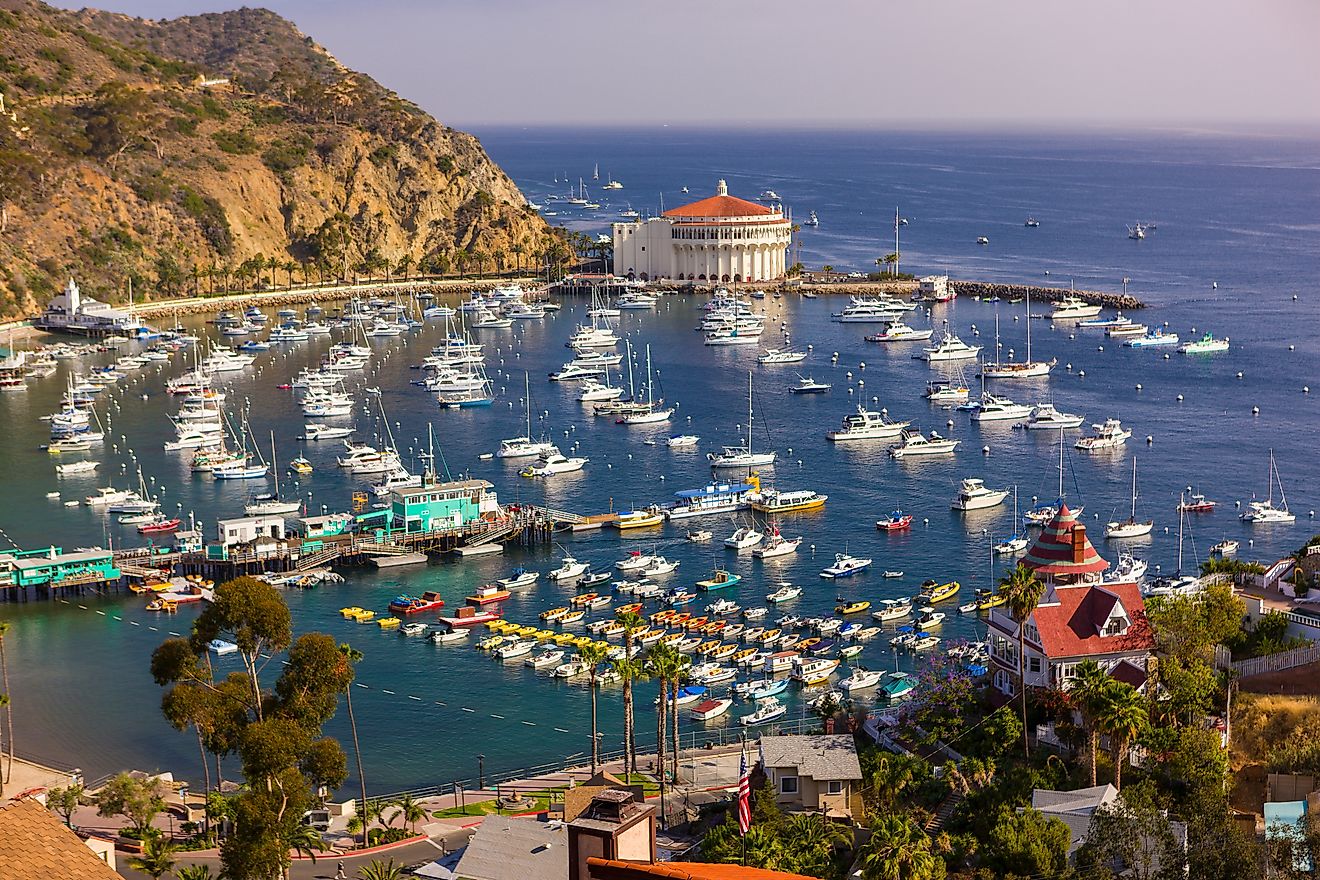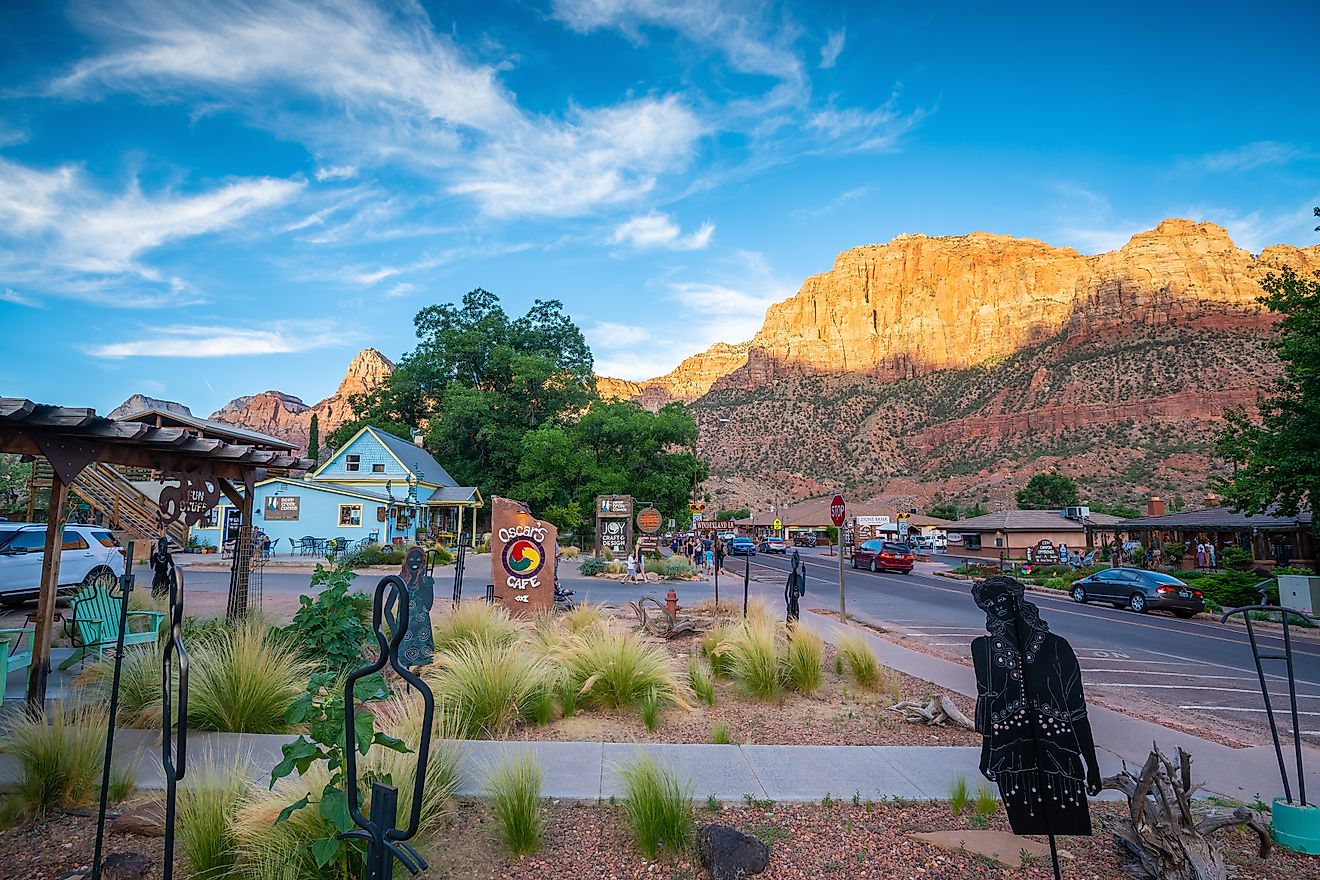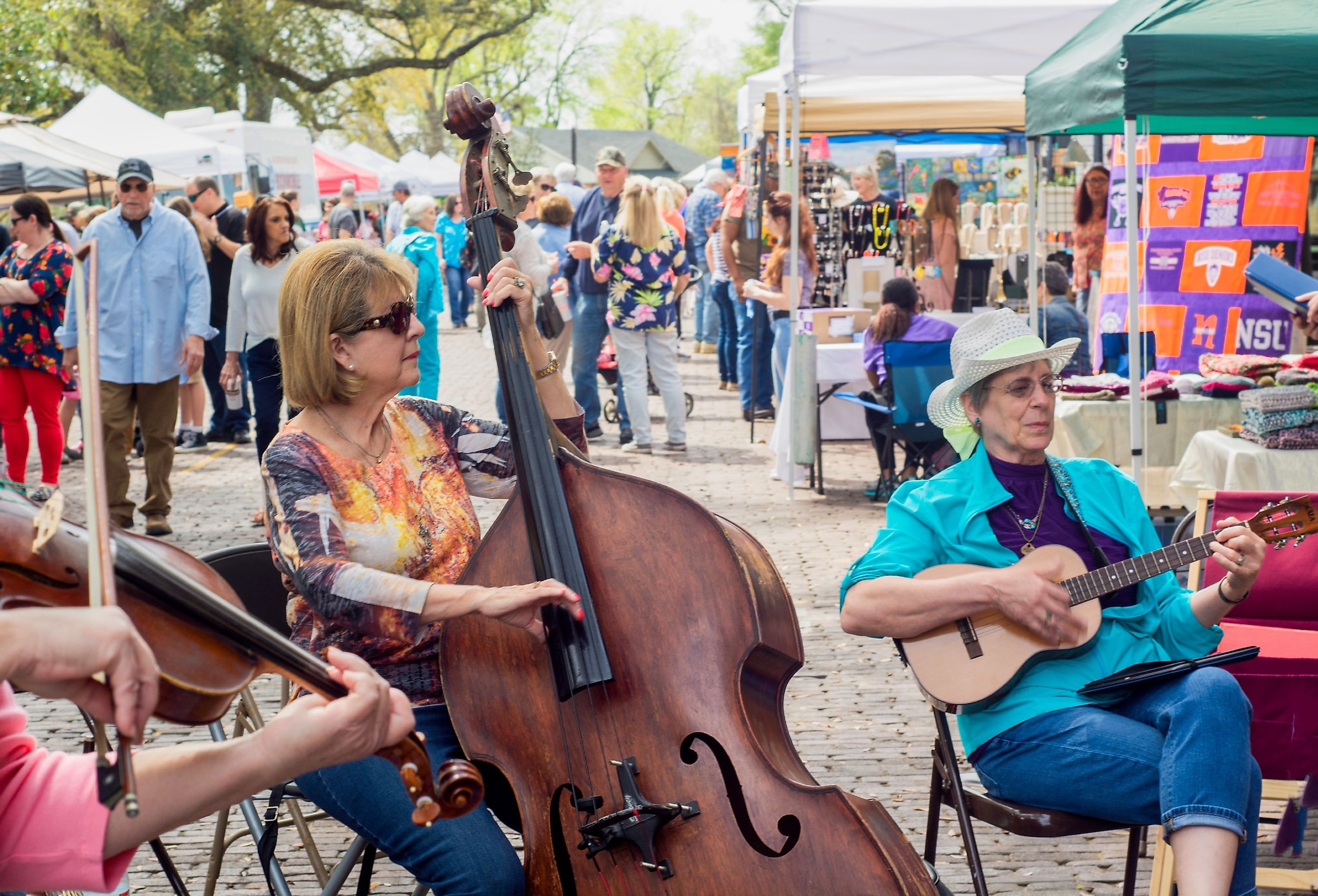
11 Most Hospitable Towns In Louisiana
Named after France’s Sun King, Louis XIV, and shaped by a legal system influenced by Napoleon Bonaparte, Louisiana is home to some of the most hospitable small towns to visit. Between the excellent historic attractions in places like Breaux Bridge, Opelousas, and Saint Martinville to remarkable landmarks and festivities in small towns like Grand Isle and Bastrop, the most hospitable towns in Louisiana symbolize the Pelican State’s expressive and jubilant nature while preserving the excellent outdoor swamps, bayous, and bays where pelicans and other amazing animals thrive. When traveling through Louisiana’s many former plantation sites and other historic destinations, you will come to appreciate the unique Creole, Acadian, and Cajun cultures that have prospered thanks to the most hospitable towns in Louisiana.
Minden
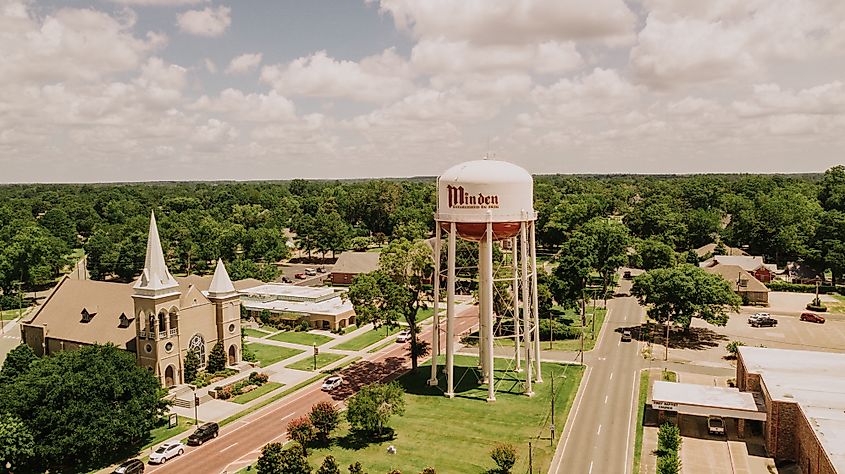
Located between the equally hospitable, neighboring communities of Shreveport and Farmerville, Minden was originally laid out in a parallelogram design when it was established in the 1830s. The town’s roots trace back to a group of Utopian settlers from Germany, guided by a spiritual figure known as “Count Leon.” Their religious history is well-preserved and well-documented at the Germantown Colony Museum, which is part of the Louisiana Secretary of State’s museum system.
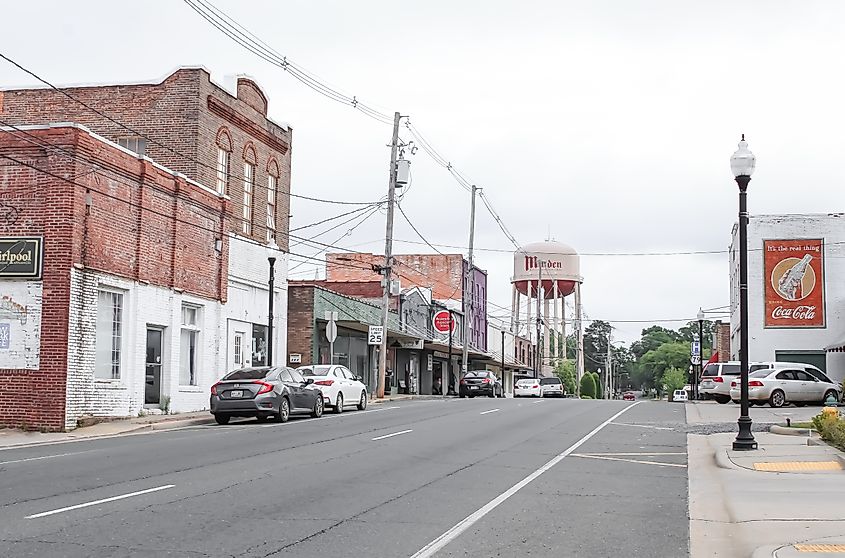
Minden’s natural beauty is highlighted by nearby Lake Bistineau and Dorcheat Bayou, both of which, along with the town’s Victorian-era landmarks, become lively gathering spots during the annual Webster Parish Fair each October. History also lingers in the Minden Cemetery, where both Confederate and Union soldiers from the American Civil War are buried. Visitors will find plenty to explore in Minden, with enchanting and heartwarming accommodations such as The Villas at Spanish Court, which provide various services for your daily and nightly needs.
Leesville

Roughly an hour’s drive from Natchitoches, the small and hospitable town of Leesville takes its name from American Civil War General Robert E. Lee. Although far removed from the heart of the Wild West, Leesville once held a reputation for lawlessness, serving as a No-Man’s Land where outlaws like Leather Britches Smith clashed with Coushatta and Atakapa Native Americans. Today, the surrounding landscape around Leesville is popular for its natural beauty and outdoor adventures, with serene hiking and fishing spots at South Toledo Bend State Park and Sabine National Forest.

Leesville is also home to Fort Johnson (Fort Polk), Louisiana’s largest military installation, established in 1941 as a precautionary measure should World War II reach American shores from the Atlantic Ocean. Visitors in October can experience the lively West Louisiana Forestry Festival, while May brings the annual Mayfest celebration with more fun and festivities for everyone.
Breaux Bridge

Breaux Bridge thrives as the “Crawfish Capital of the World,” where newcomers can seek out several restaurants that offer a unique menu of crawfish and other marine cuisines for your appetites, among them the world-famous crawfish etouffee. In the first week of May, visitors and locals alike can celebrate more of Breaux Bridge’s delicious food during the annual Breaux Bridge Crawfish Festival.

If, on the other hand, you would rather go looking for some of Breaux Bridge’s scrumptious crustaceans, you are certainly encouraged to head over to the Atchafalaya Basin, the largest river basin in the US, or possibly towards Lake Martin, the biggest nesting ground for various species of wading birds. In this town that Acadian pioneer Firmin Breaux built over the Bayou Teche to connect the city of Lafayette with the rest of Louisiana in the period of 1771 to 1799, you will have a merry and memorable vacation in this hospitable small town filled with crawfish.
Abita Springs
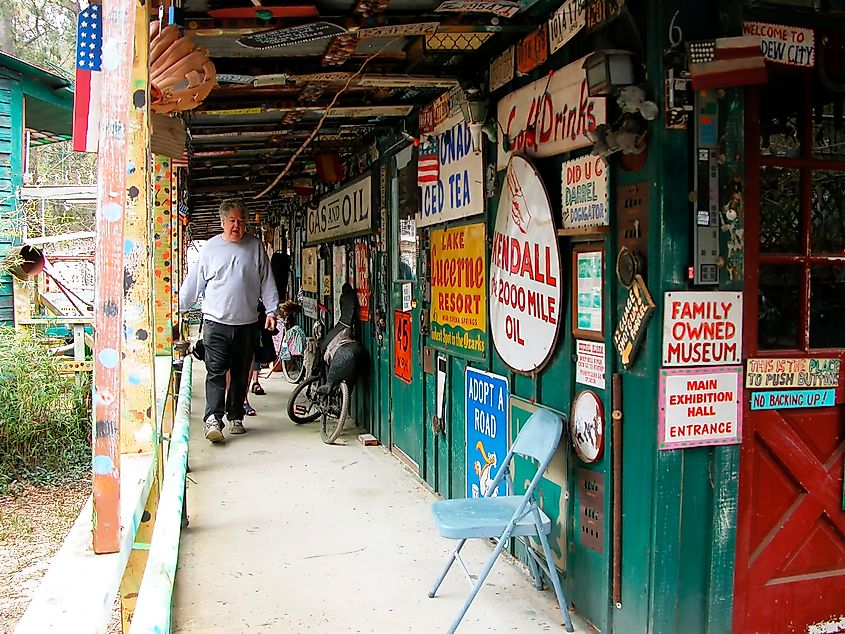
Abita Springs is a pleasing and friendly destination on Lake Pontchartrain. Being about 50 minutes north of New Orleans on the opposite end of the Lake Pontchartrain Causeway, Abita Springs serves as a humble and quaint retreat for those wanting relaxation in the simple, small-town atmosphere. Even as far back as 2,220 years ago, Native Americans retreated to the area around Abita Springs and on Lake Pontchartrain for fish and game. When early settlers arrived in this area in 1820, they felt blessed by the mineral-rich waters and the scenic views and landscapes in places like the Fontainebleau State Park beside Lake Pontchartrain.
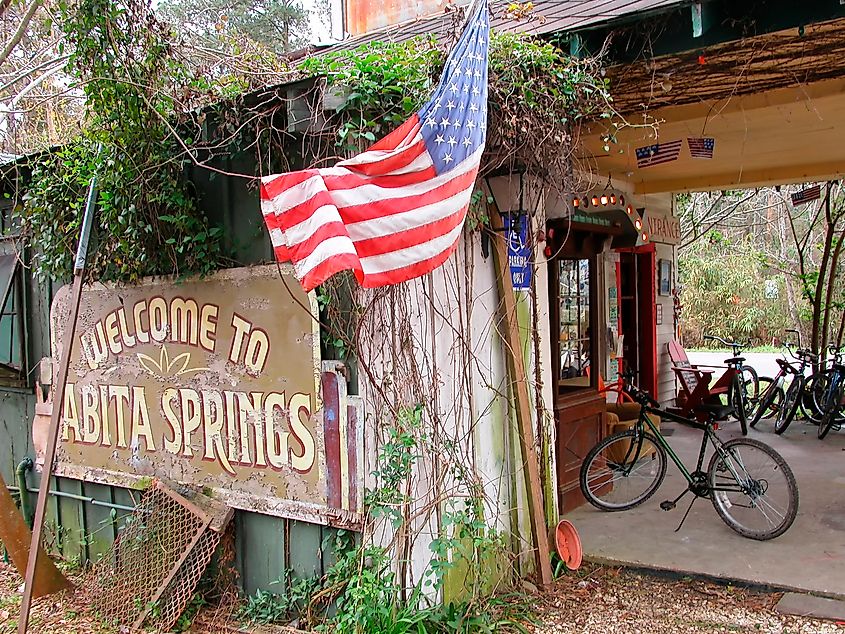
Additionally, other recreational locations include Bogue Chitto National Wildlife Refuge, whose bogs and woods extend to the state of Mississippi. The Abita Springs Museum chronicles much of the town’s origins as far back as the original Native American inhabitants who were evicted into Oklahoma.
Meanwhile, both the Abita Springs Art and Farmers Market are perfect destinations for shopping and admiring the many arts and crafts that the town produces. Should you ever wish to spend your nights in this lovely and lovable small town, you can seek out one of Abita Springs’ many accommodating establishments, like the Abita Springs Hotel.
Bastrop
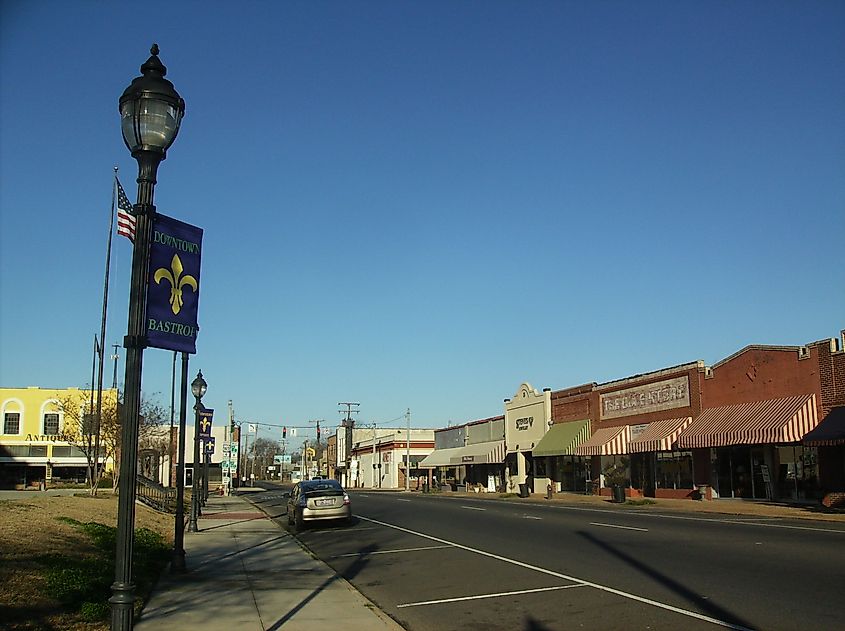
The hospitable and superb small town of Bastrop, roughly 25 miles north of Monroe and 20 miles south of the Arkansas border, dates its origins back to 1796, when Spanish governor Baron de Carondelet granted a vast tract of land to a Dutch nobleman named Felipe Enrique Neri, better known as the Baron de Bastrop. The settlement began as a modest and struggling frontier community, home to over 500 families seeking new opportunities in the New World. Following the Louisiana Purchase, the Baron de Bastrop was compelled to sell the land to Kentucky settler Abram Morehouse. By 1846, Bastrop had become the parish seat, and its fortunes changed again in 1916 with the discovery of natural gas, which then sparked the town’s first wave of industrial growth.
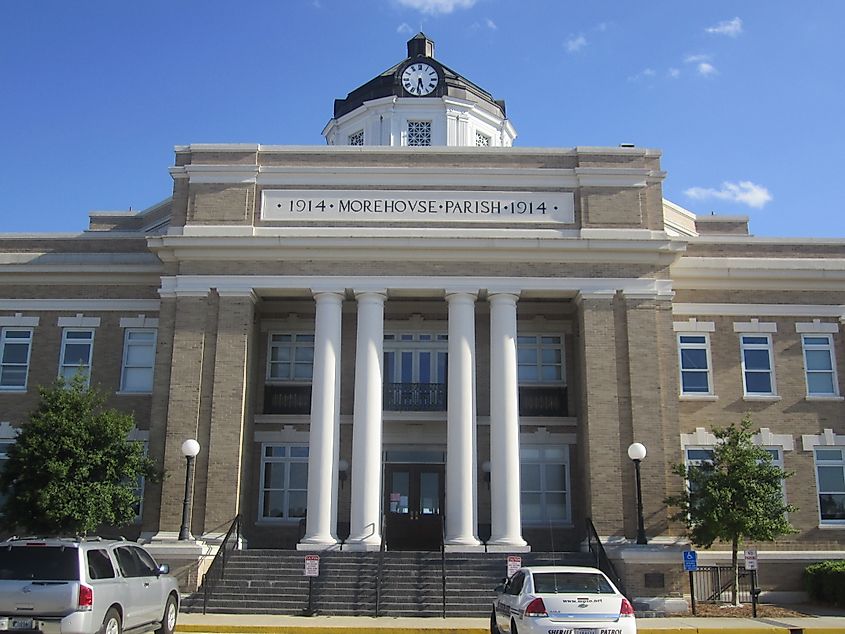
Today, Bastrop is known for its lively community events, many of which take place around the courthouse square. These include Music on Main Street, a seasonal outdoor concert series, and Witch Way to Main Street, a festive Halloween celebration for local children and adults alike. Every October, the town also hosts the North Louisiana Cotton Festival and Fair, celebrating the region’s agricultural relevance.
For those who love the outdoors, nearby attractions like the Georgia Pacific Wildlife Management Area and the Upper Ouachita National Wildlife Refuge offer excellent opportunities for exploration. No matter how you choose to experience Bastrop, the town’s multitude of attractions and destinations make Bastrop a worthwhile and hospitable small town in Louisiana.
Natchitoches

Natchitoches is a soothing and comforting destination beside the vibrant Red River. Only about an hour away from Shreveport, the entire town is labeled in the National Historic Landmark District, since French-Canadian explorer and soldier, Saint Denis, also known as Louis Juchereau de Saint-Denis, founded and defended the town of Natchitoches against the Spanish Empire. Many of the historic fortifications in Natchitoches continue to shed light on Saint Denis’ grand defense of the town, as seen in places like the Fort St. Jean Baptiste State Historic Site. Likewise, the home of Saint Denis’ wife, Manuela Sánchez Navarro y Gomes Mascorro, who once lived in Mexico, can be toured within the Northwestern State University of Louisiana.
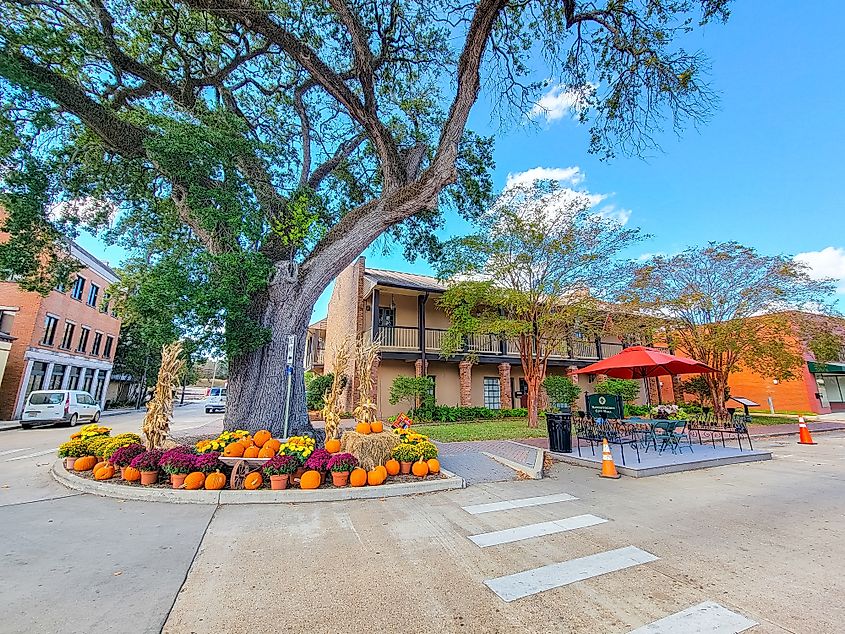
In the year 1864, at the height of the American Civil War, Natchitoches served as a retreat for Union troops after the failed Red River Campaign. Within the National Heritage Area in the Cane River Creole National Historical Park, newcomers can go exploring within the Oakland Plantation, a comprehensive outlook into a Creole plantation in the South that has been around since the 18th century.
Meanwhile, the Melrose Plantation contains the Creole artworks of famed folk artist Clementine Hunter, whose paintings can be seen in the African House and in the Louvre in Paris. For those of you curious to see everything that there is to see in Natchitoches, you ought to first book a room in one of the town’s amicable accommodations like the Sweet Cane Inn or Andrew Morris House Bed and Breakfast.
Farmerville
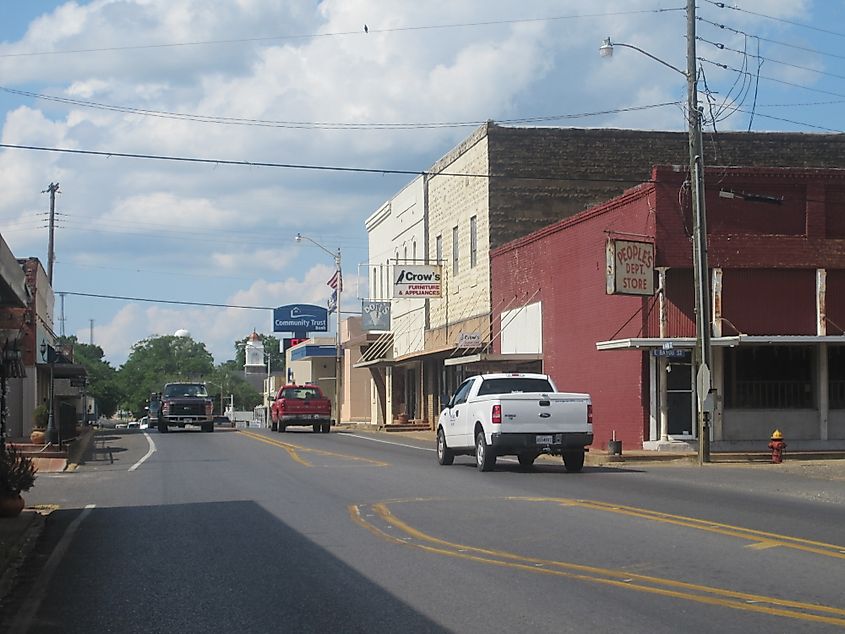
The grand and beautiful rural community of Farmerville serves as a gateway to some of Louisiana’s most sublime and lively outdoor destinations. Nestled alongside the sprawling Lake D’Arbonne, the town invites visitors to test their fishing and boating skills on its challenging yet rewarding waters. Throughout the year, Lake D’Arbonne hosts various fishing tournaments, providing anglers of all levels a chance to compete and connect. During the summertime, Farmerville comes alive during the Louisiana Watermelon Festival, typically held the last weekend of July, where one can sample one of Louisiana’s juiciest crops and produce.

For those who love adventuring in the wild and open outdoors, Lake D'Arbonne State Park is a haven for camping, hiking, and exploring the peaceful forest trails and treks that meander through Louisiana’s untouched wilderness. Similarly, the D’Arbonne National Wildlife Refuge and Union Wildlife Management Area are subsequent alternatives for recreational exploration. Located just 30 miles from Monroe, Farmerville is a peaceful and hospitable destination brimming with the charm and wonder of Louisiana’s beautiful countryside.
Opelousas
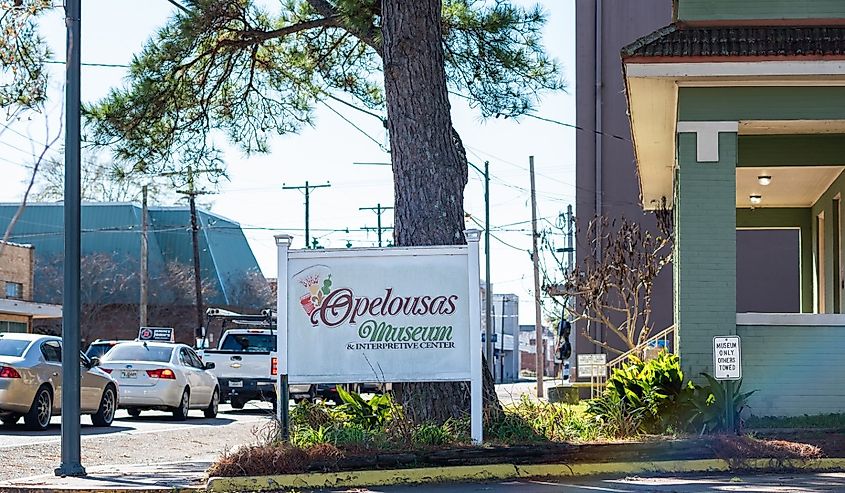
Opelousas, founded in 1805 after the Louisiana Purchase, stands as Louisiana’s third-oldest town and proudly holds the title of the Zydeco Music Capital of the World. This lively genre, born in Louisiana’s Creole communities, was brought to national attention by Grammy-winning legends like Clifton Chenier, famously known as the King of Zydeco, and Terrance Simien.
To dive deeper into Zydeco’s musical roots and influence, you ought to stop by the Zydeco Music Exhibit at Le Vieux Village Heritage Park. If you visit in the spring or fall, you can enjoy live Zydeco bands on Friday nights during the Music & Market series, or celebrate the genre in full swing at the Original Southwest Louisiana Zydeco Music Festival, held annually on the Saturday before Labor Day.
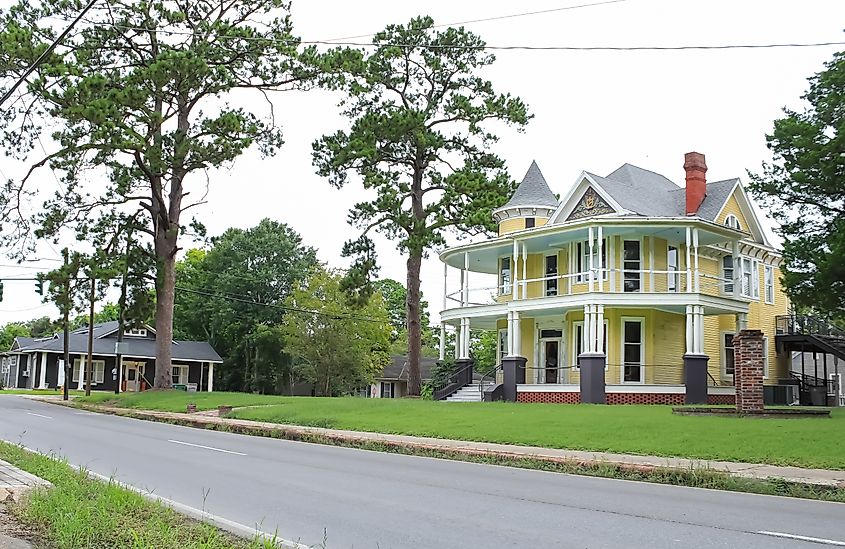
As one of Louisiana’s oldest towns, Opelousas is also home to an impressive collection of historic architecture, with antebellum, Victorian, and early 20th-century structures dotting its streets. A standout among them is the "Hidden Capital of Louisiana," which once served as the governor's residence during the American Civil War.
To explore Opelousas’ past even further, you can find engaging exhibits at the Opelousas Museum and Interpretive Center and the Louisiana Orphan Train Museum (Musée du Train Orphelin de Louisiane). Finally, for a true cultural celebration for all things Creole, you should definitely make plans to attend the Holy Ghost Creole Bazaar and Festival in November, a vibrant tribute to Creole heritage, cuisine, music, and traditions.
St Francisville
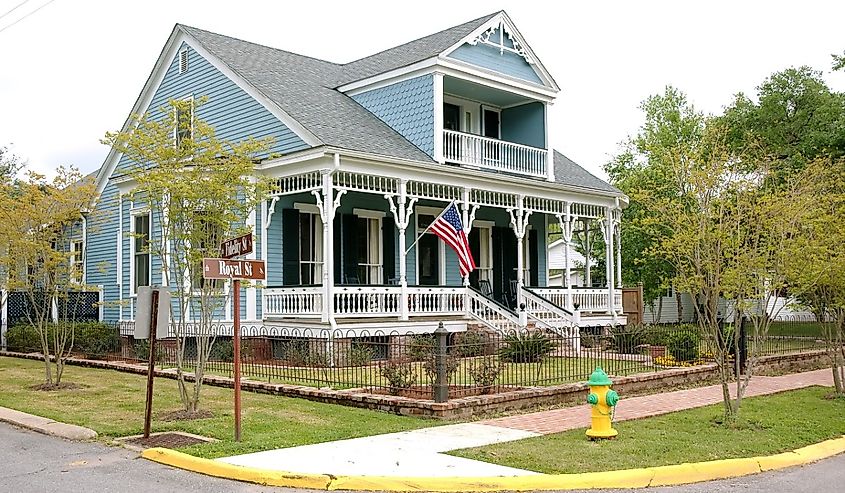
Around 35 minutes north of Baton Rouge, the hospitable small town of St Francisville invites visitors to explore its abundant wellspring of history, especially through its many preserved plantation sites. At the Rosedown Plantation State Historic Site, guests can admire a grand Greek Revival mansion surrounded by beautifully maintained gardens. Nearby, Greenwood Plantation has made its mark in Hollywood, serving as a filming location for productions like Louisiana, GI Joe: Retaliation, North & South, and Jeepers Creepers.
One of the area’s most famous and infamous landmarks is The Myrtles Plantation, which is widely regarded as one of the most haunted homes in the country. Its ghostly reputation is tied to the region’s painful past, where plantations like these were once sites of slavery and human suffering.
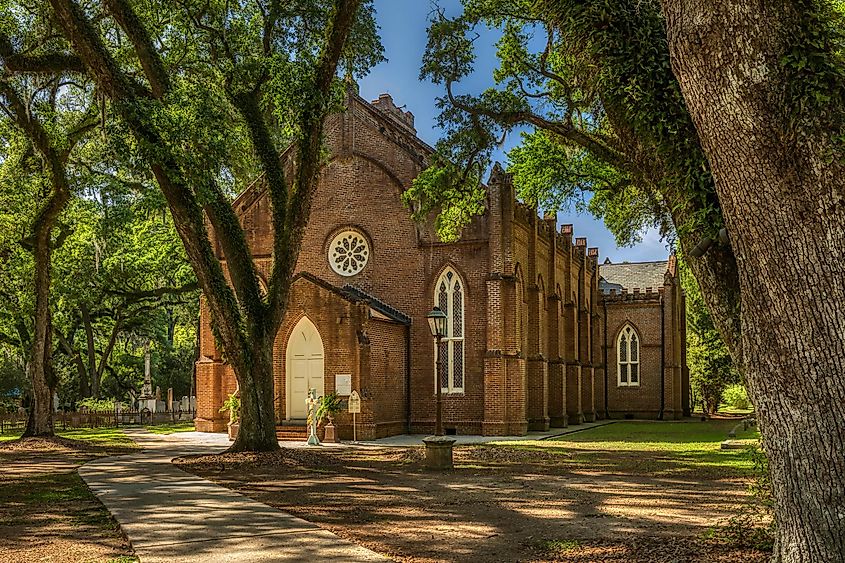
Beyond its plantation history, Saint Francisville offers several other notable sites. The Port Hudson State Historic Site preserves the memory of the Siege of Port Hudson, one of the longest sieges in American history during the American Civil War. Visitors can witness a large-scale reenactment of the battle, complete with actors in period uniforms, during the last weekend of March each year.
Also worth a visit is the nearby Angola Museum, located at the Louisiana State Penitentiary, which chronicles the complex and often controversial history of the largest maximum-security prison in the US. The West Feliciana Historical Society and Museum rounds out the experience with exhibits that capture key moments and lesser-known stories from Saint Francisville’s storied past. If you are looking to linger a while, Saint Francisville offers a wealth of welcoming accommodations such as the Hotel Francis and the St. Francisville Inn.
St Martinville

Tucked along Bayou Teche, just 13 miles south of Breaux Bridge, the hospitable town of St Martinville holds a special place in Louisiana’s origins. Originally called Poste des Attakapas after the Native American tribe that once lived in the area, Saint Martinville was established in the 1760s by Acadian exiles who were forced out of Nova Scotia, Canada, by the British Empire. Their journey and enduring spirit famously inspired Henry Wadsworth Longfellow’s epic poem Evangeline, which tells the tragic love story of Evangeline and Gabriel.
Today, you can explore this French-Canadian-Louisiana legacy at the Longfellow-Evangeline State Commemorative Area. Those still curious about the real-life inspiration of Longfellow’s poem can seek out the grave of Emmeline Labiche behind Saint Martin’s Church, which is long believed to have inspired Longfellow’s heroine.
Saint Martinville’s French roots run even deeper. After the French Revolution, the town became a refuge for Royalist émigrés fleeing the guillotines in France, bringing with them Old World customs and traditions to the New World. It was not long before Saint Martinville earned the nickname “Le Petit Paris” or Little Paris, a gesture of nostalgia and celebration honoring elegance, culture, and the town's very own namesake, Saint Martin of Tours, the patron saint of France.
Modern-day Saint Martinville offers more than just history, as travelers can set out on exhilarating adventures through the swamps of the Atchafalaya Basin and take in the bird-filled havens around Lake Martin.
Grand Isle

Stretching into the Gulf of Mexico, Grand Isle is Louisiana’s only inhabited barrier island, a slender strip of land promoting its inviting beaches, fishing piers, and coastal hospitality. Long before its modern popularity, the Chitimacha tribe fished Grand Isle’s waters, followed by Spanish settlers and, later, pirates like the infamous Jean Lafitte, who made the nearby waters his haunt in the early 1800s. In response, Fort Livingston was built on Grand Terre Island in the 1830s to defend against piracy and foreign threats. During the American Civil War, the island also served as a Confederate stronghold within the Louisiana State Commemorative Area.
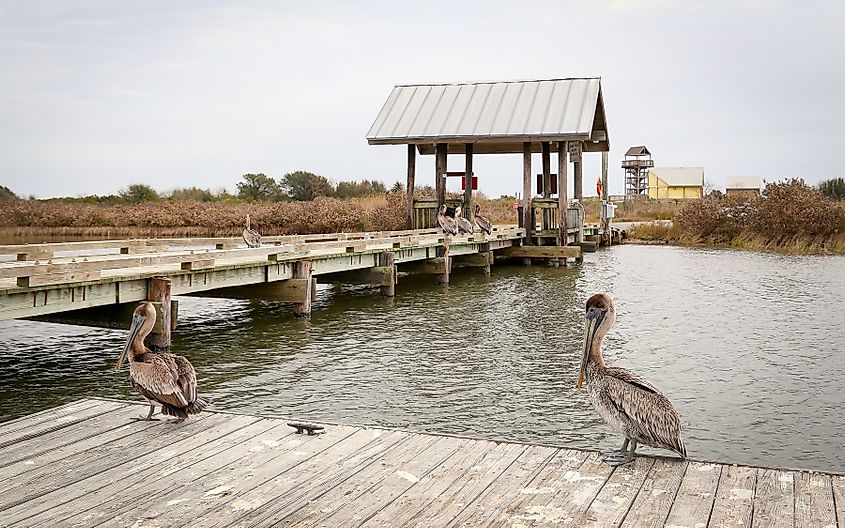
Despite being tested by powerful storms like Hurricanes Katrina and Rita, Grand Isle has remained resilient, continuing to enchant visitors with more than just its beaches. A favorite destination for generations of anglers and beachgoers is the Grand Isle State Park, where one can get an appreciative view of the basin of the Gulf of Mexico. Meanwhile, the Butterfly Dome dazzles with vibrant butterfly species, while nearby Queen Bess Island is home to Louisiana’s largest colony of brown pelicans, a fitting symbol of the Pelican State. Most importantly, the Grand Isle Birding Trail is home to centuries-old oak trees that shelter migrating flocks.
The Grand Isle Migratory Bird Celebration, held in April, marks the arrival of dozens of bird species pausing their journeys on the island’s shores. On the other hand, in July, the Island Strong Music Fest honors the town’s resilience and celebrates life on the coast vis-à-vis musical festivities and plenty of seafood to go around. Newcomers to this hospitable strip of land will find Grand Isle a grandiose and great destination for those seeking the simple hospitality of a Louisiana small town.
Where the Acadian and Creole cultures shine alongside delicious Cajun foods and vibrant Zydeco music, the state of Louisiana is a land of merriment and memories where one can find numerous opportunities for joy in the most hospitable towns in Louisiana. Many visitors will be drawn to the breathtaking history and the music of Zydeco originating from these charming and heartwarming destinations, regardless of whether you must venture through swampy bayous and forests. From Farmerville’s Cajun cuisine and landscapes to the coastal beauty of Grand Isle along the Gulf of Mexico, the most hospitable small towns in the Pelican State shine as brightly as the Sun King of France with their Acadian and Creole cultures and well-preserved history to learn more about. This year, have the time of your life when vacationing in the most hospitable small towns in Louisiana.

